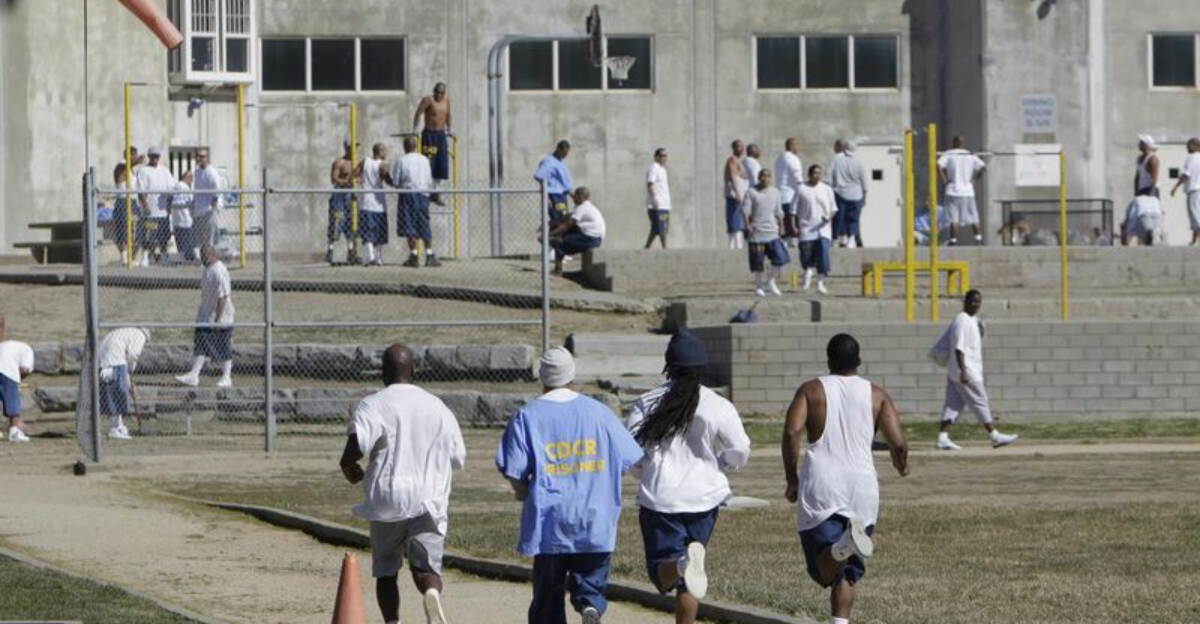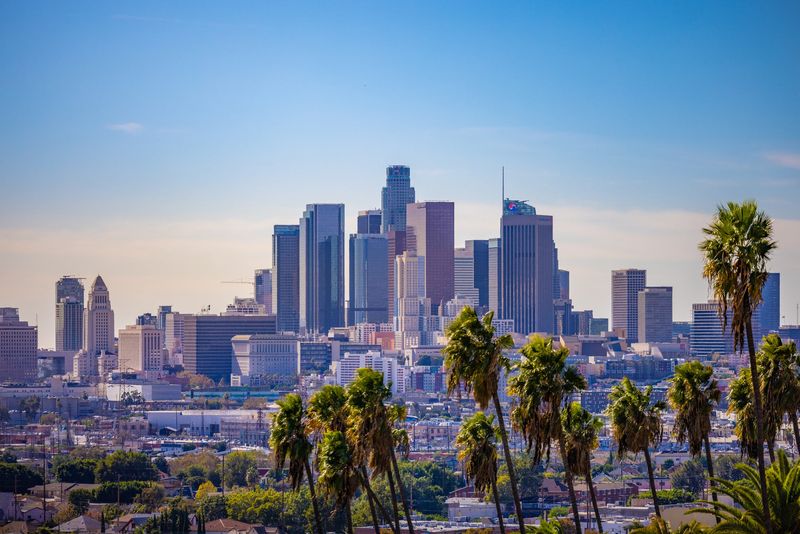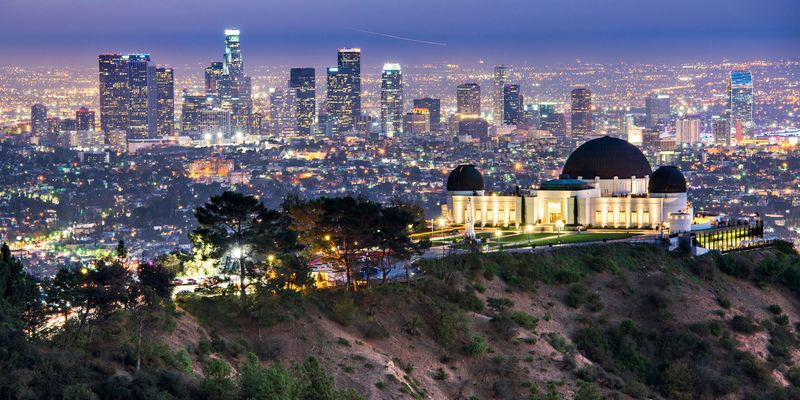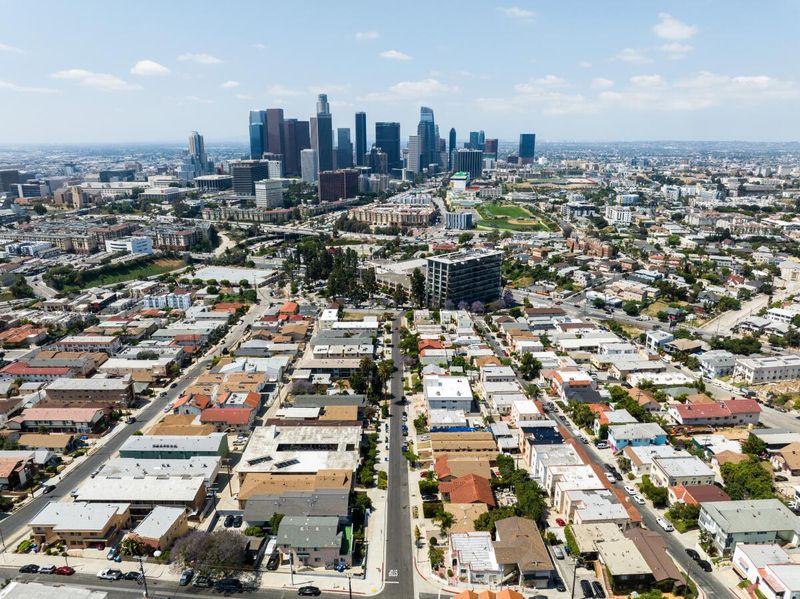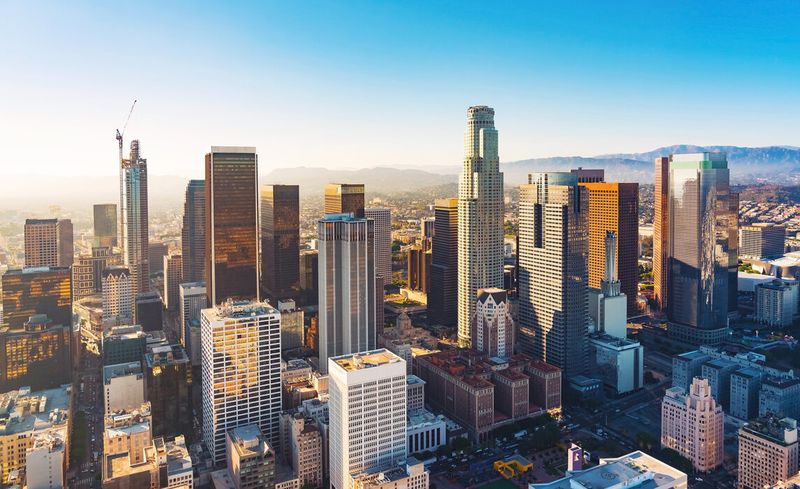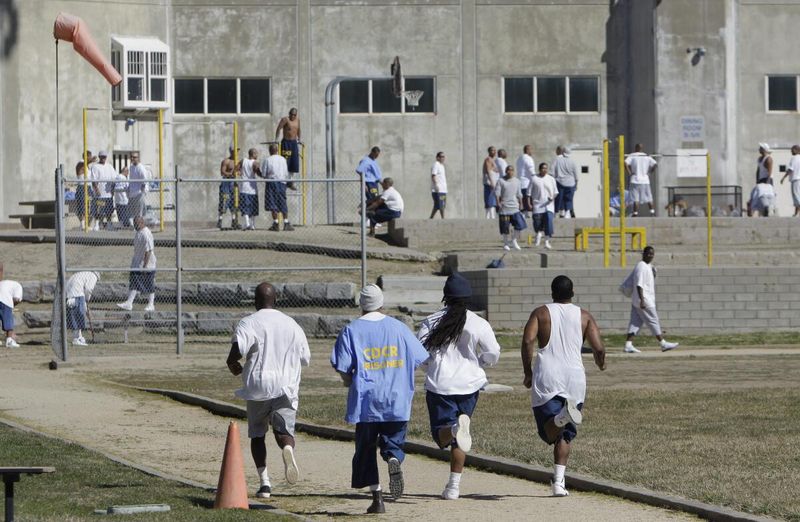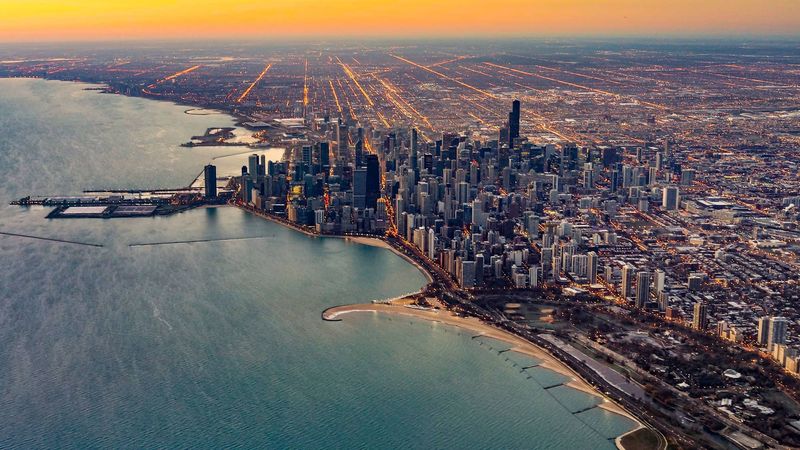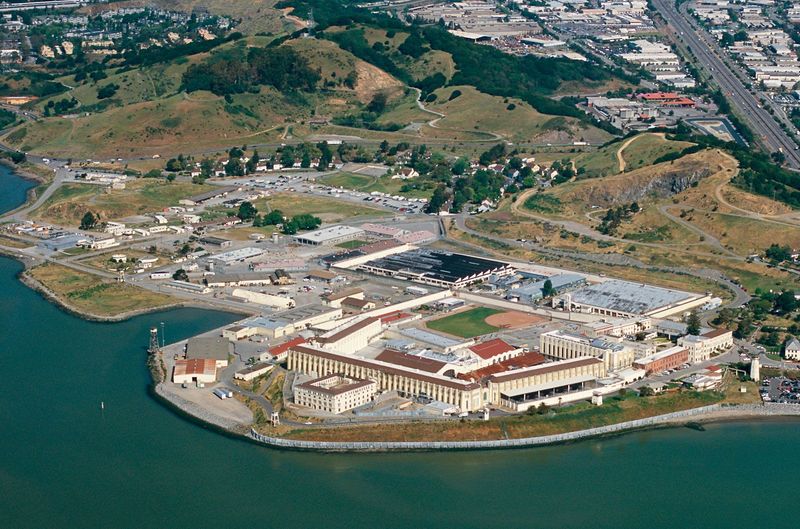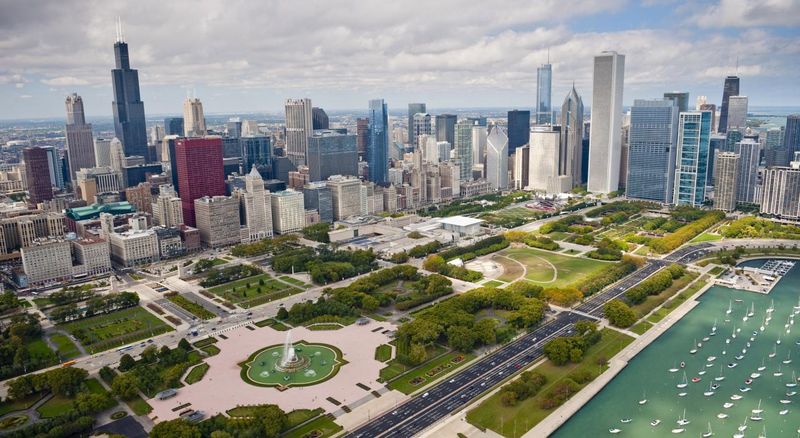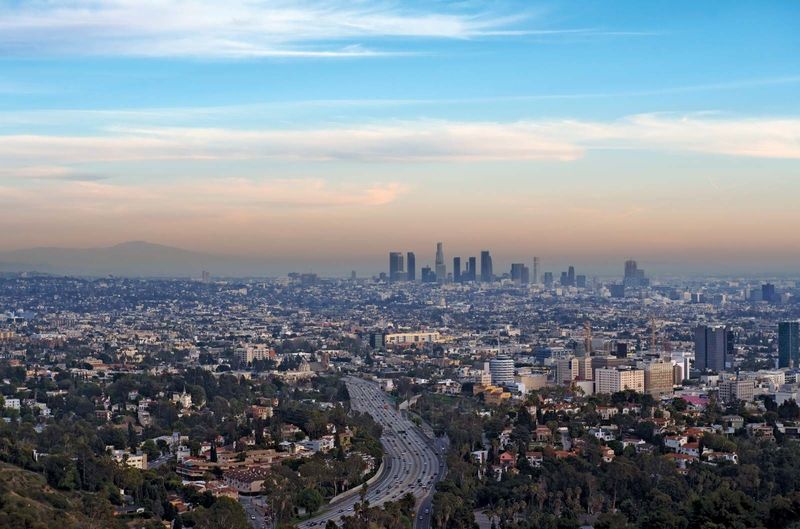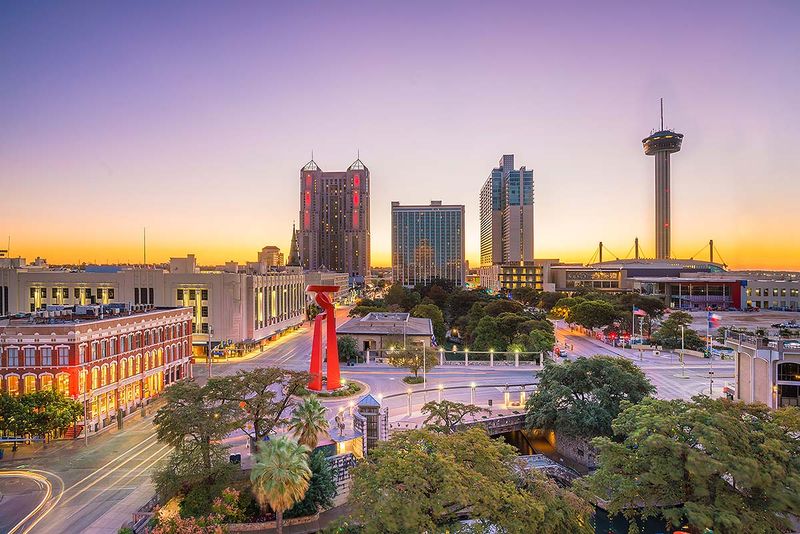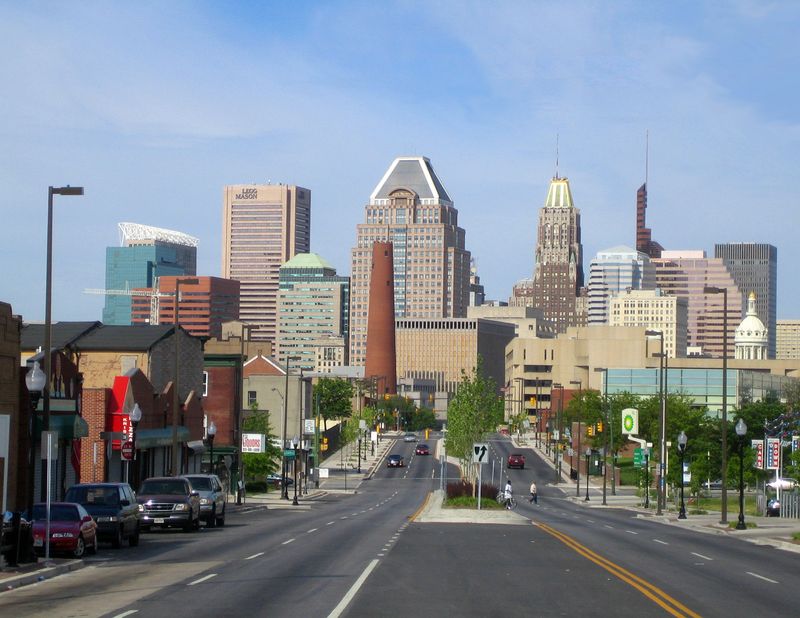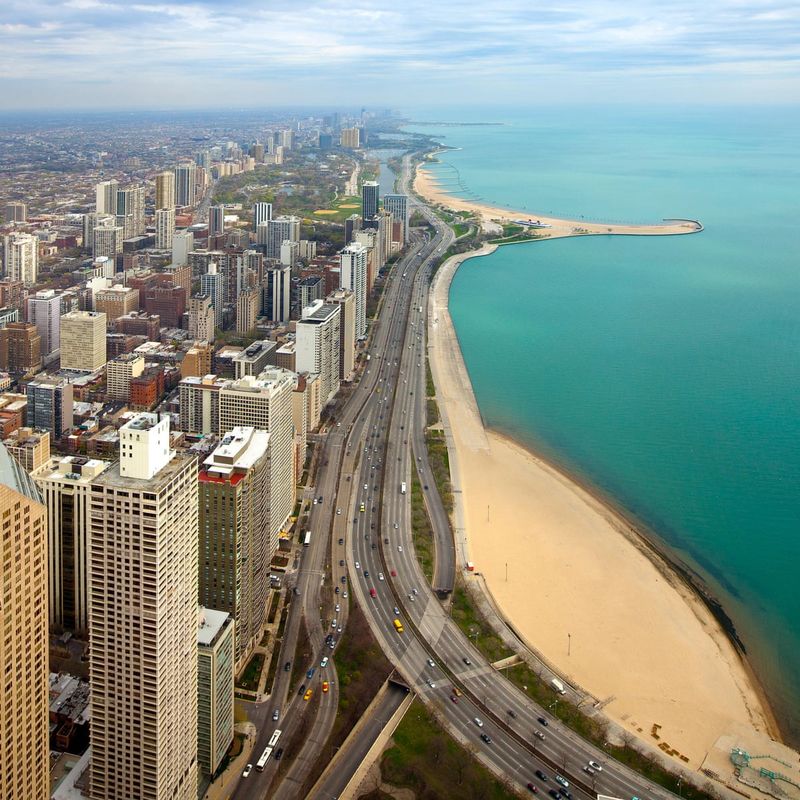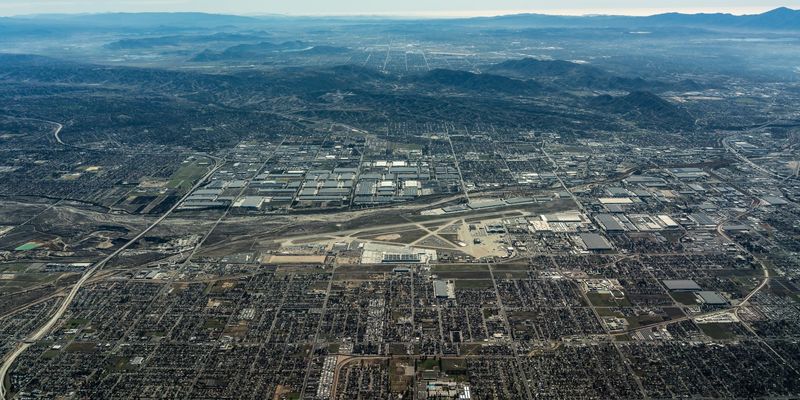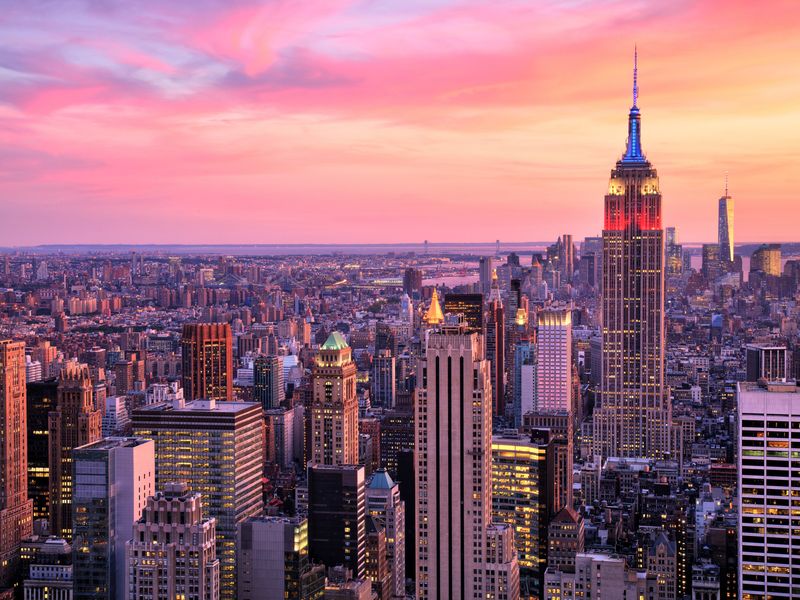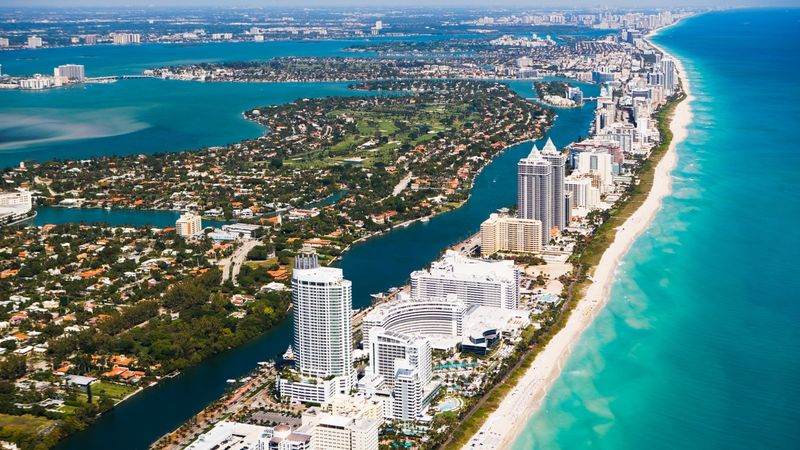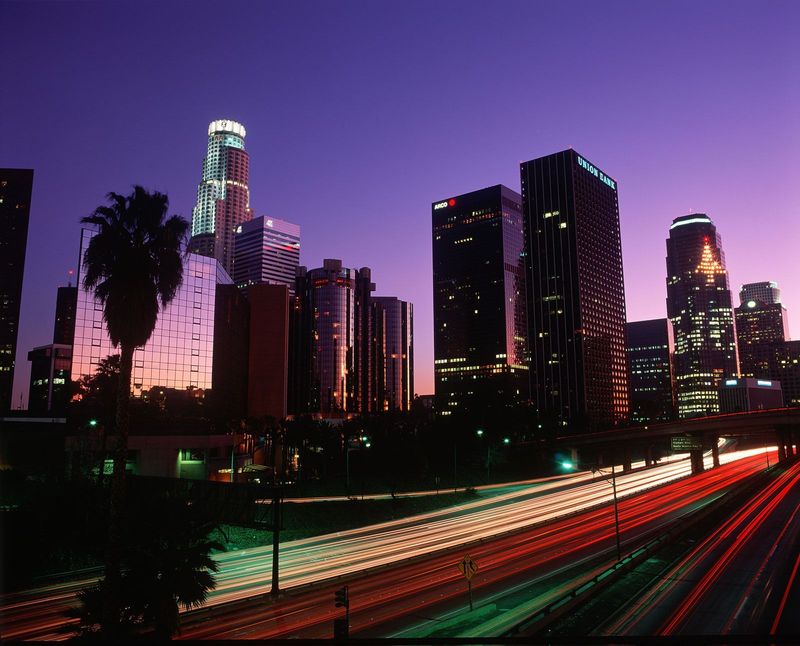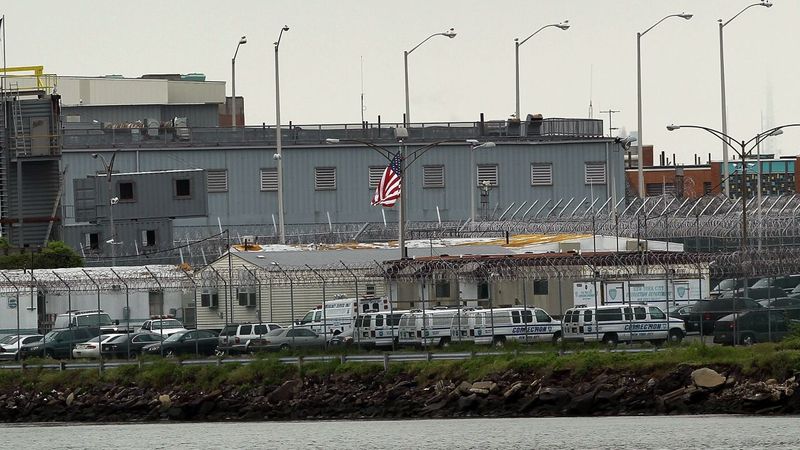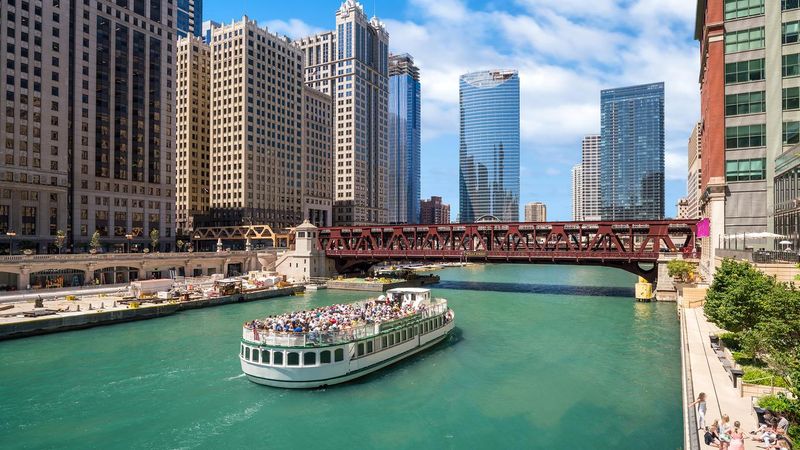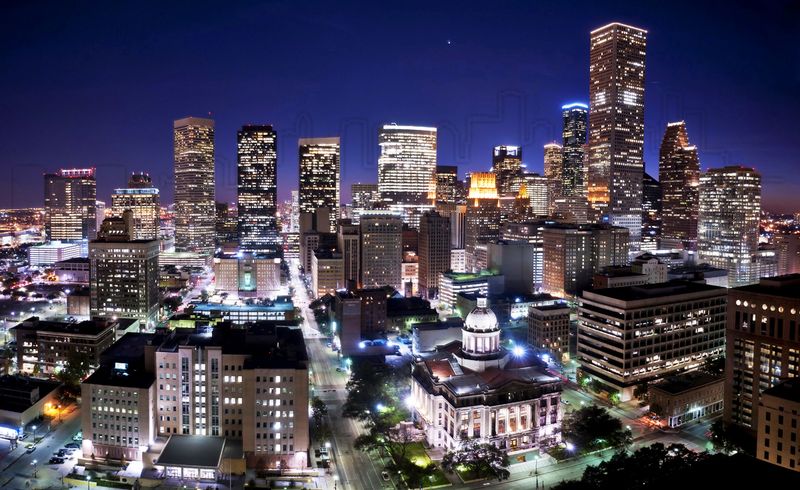America’s streets are not only known for their vibrant culture and diversity but also for the notorious gangs that dominate various neighborhoods.
These criminal organizations have created a legacy of fear, control, and power.
Here, we explore 20 of the most dangerous gangs that have shaped the criminal landscape in the United States.
1. MS-13 (Mara Salvatrucha)
MS-13, or Mara Salvatrucha, is one of America’s most feared gangs, originating from Los Angeles. Established by Salvadoran immigrants, it’s known for its brutal tactics, including extortion, drug trafficking, and violence.
MS-13 operates in various U.S. states, maintaining a strong presence through intimidation and loyalty among members. The gang’s structure is highly organized, with leaders directing activities from prisons in Central America.
Their influence extends beyond borders, making them an international criminal syndicate. Law enforcement faces significant challenges in dismantling this powerful group.
2. Bloods
The Bloods are synonymous with street culture and violence, originating in Los Angeles in the early 1970s. Known for their rivalry with the Crips, they operate in various U.S. cities, engaging in drug trafficking, robbery, and murder.
Their signature color, red, is a symbol of affiliation and unity. Despite crackdowns, the Bloods maintain influence through decentralized leadership and alliances with other gangs. Members are bound by a strict code, emphasizing loyalty and respect.
Strategies to curb their activities include community engagement and focused law enforcement efforts, yet the challenge remains immense.
3. Crips
Founded in Los Angeles in 1969, the Crips are one of the largest and most influential street gangs in the United States. Their blue bandanas symbolize their identity and unity against rivals like the Bloods.
The Crips are involved in various criminal activities, including drug trafficking, theft, and violent crimes. Their loose organizational structure allows for adaptability, making them difficult to dismantle.
Law enforcement agencies continue to implement strategies to reduce their impact, focusing on youth outreach and community programs. Despite efforts, the Crips remain a formidable presence in urban centers.
4. 18th Street Gang (Barrio 18)
The 18th Street Gang, known as Barrio 18, is an international gang with roots in Los Angeles. Comprised mostly of Hispanic members, the gang is notorious for its violent crimes, including murder and drug trafficking.
Their open recruitment policies have led to rapid expansion across the U.S. and Latin America. 18th Street’s operations are marked by extreme violence and a strict code of conduct.
Law enforcement agencies face challenges in curtailing their influence due to their decentralized structure. Community programs and international cooperation are essential in tackling this pervasive threat.
5. Mexican Mafia (La eMe)
The Mexican Mafia, or La eMe, is one of the most powerful prison gangs in the U.S., established in the late 1950s. Predominantly Hispanic, they control drug trafficking and extortion both inside and outside prison walls.
Their influence extends to street gangs, enforcing rules and collecting “taxes” from smaller groups. La eMe’s strict hierarchy and ruthless enforcement of codes make them formidable.
Efforts to dismantle the gang involve intensive investigations and inter-agency cooperation. Despite crackdowns, their control remains strong, posing ongoing challenges for law enforcement.
6. Latin Kings
The Latin Kings are a prominent street gang with a rich history, founded in Chicago in the 1940s. Comprised mainly of Hispanic and Latino members, they are known for criminal activities such as drug trafficking and violence.
Their structure resembles a monarchy, with a strong leadership that enforces strict rules. The gang promotes cultural pride and unity among its members, which contributes to its resilience.
Law enforcement efforts focus on breaking their hierarchical structure and providing alternatives for youth. The Latin Kings’ influence spans across the U.S., maintaining a strong presence in urban areas.
7. Hells Angels Motorcycle Club
The Hells Angels Motorcycle Club is an infamous biker gang known for its strict membership rules and secretive operations. Founded in California in 1948, they are involved in organized crime, including drug trafficking and violent acts.
Their iconic “death’s head” insignia is recognized worldwide. Hells Angels maintain a rigid hierarchy, with chapters across the globe operating semi-autonomously. Law enforcement efforts to infiltrate the gang are met with challenges due to their loyalty and code of silence.
Despite legal pressures, Hells Angels continue to be a powerful symbol of outlaw culture.
8. Aryan Brotherhood
The Aryan Brotherhood is a notorious prison gang known for its white supremacist ideology and violent criminal activities. Originating in California’s San Quentin State Prison in the 1960s, they control drug distribution and extortion within the prison system.
Their influence extends beyond prison walls, cooperating with other criminal organizations to further their reach. Law enforcement agencies face immense difficulties in tackling their operations due to their secretive nature and the threat of violence.
Efforts focus on intelligence gathering and dismantling their networks from within the prison system.
9. Gangster Disciples
The Gangster Disciples, formed in Chicago, are a major street gang with a strong presence in several U.S. cities. Known for drug trafficking, robbery, and violence, they are structured like a corporate organization with a defined hierarchy.
Their influence extends to other states, with affiliations to various criminal activities. Law enforcement addresses their impact through targeted operations and community interventions.
Despite crackdowns, the gang’s adaptability and recruitment efforts in urban centers make them a persistent threat to public safety.
10. Florencia 13 (F13)
Florencia 13, or F13, is a Hispanic street gang based in Los Angeles with ties to the Mexican Mafia. Known for violence and drug trafficking, they control territory through intimidation and alliances with other gangs.
F13’s presence is marked by their graffiti and symbols, asserting dominance in their neighborhoods. Efforts to curb their activities involve cooperation between federal and local law enforcement agencies.
Community programs and gang intervention strategies are key in addressing the root causes of gang affiliation and reducing their influence.
11. Bandidos Motorcycle Club
The Bandidos Motorcycle Club is a notorious biker gang involved in organized crime, including drug trafficking and extortion. Founded in Texas in 1966, they have a fierce rivalry with the Hells Angels and other motorcycle clubs.
The Bandidos operate under a strict code, emphasizing loyalty and brotherhood. Their influence extends internationally, with chapters across multiple countries. Law enforcement efforts focus on disrupting their criminal activities and preventing violent confrontations with rival gangs.
Despite legal challenges, the Bandidos remain a significant force in the outlaw biker culture.
12. Black Guerrilla Family
The Black Guerrilla Family (BGF) is a politically oriented prison gang, founded in California in the 1960s. Established with the aim of overthrowing the U.S. government, they are involved in drug trafficking and organized crime within prisons.
BGF members are known for their political ideology and commitment to black empowerment. Law enforcement agencies focus on intelligence operations to curb their influence and dismantle their network.
The gang’s ideological motives set them apart, making them a unique challenge for authorities dealing with prison gangs.
13. The Outlaws MC
The Outlaws Motorcycle Club, founded in Illinois in 1935, is one of the oldest and most feared motorcycle gangs in the world. Known for their criminal activities, including drug trafficking and violence, they have a presence in several countries.
The Outlaws maintain a strict hierarchy and code of conduct, akin to military discipline. Efforts to counter their influence involve international cooperation and intelligence sharing among law enforcement agencies.
Their resilience and adaptability continue to pose challenges to authorities worldwide.
14. Vagos Motorcycle Club
The Vagos Motorcycle Club is a formidable biker gang known for its involvement in drug trafficking, arms dealing, and violent encounters. Established in California in the 1960s, they have expanded across the United States and internationally.
Vagos members are notorious for their green symbolism and fierce loyalty to the club. Law enforcement agencies work tirelessly to monitor their activities, focusing on intelligence and collaboration with other jurisdictions.
Despite crackdowns, the Vagos remain a significant player in the world of outlaw motorcycle gangs.
15. Trinitarios
The Trinitarios is a Dominican street gang with a strong presence in New York City and other U.S. urban areas. Known for drug trafficking and violent crimes, they maintain a unique identity with a focus on Dominican cultural pride.
Their organizational structure is less rigid, allowing for rapid expansion and adaptation. Law enforcement faces challenges due to their fluid operations and international connections.
Efforts to counteract their influence include community outreach and targeted law enforcement initiatives aimed at dismantling their networks.
16. Zoe Pound
Zoe Pound is a Haitian-American street gang originating in Miami, known for its involvement in drug trafficking and violent crimes. They established a reputation for brutality and control over certain neighborhoods, maintaining a strong cultural identity.
Efforts to curb their influence include targeted law enforcement operations and community engagement. Despite challenges, Zoe Pound’s adaptability and connections with other criminal groups make them a persistent threat.
Strategies to reduce their impact focus on breaking down their network and providing alternatives for at-risk youth.
17. Sureños
The Sureños are a coalition of Hispanic street gangs in Southern California, affiliated with the Mexican Mafia. Known for their involvement in drug trafficking and violent crimes, their influence extends throughout the U.S. Sureños members identify themselves with tattoos and symbols representing their allegiance to the Mexican Mafia.
Law enforcement agencies employ a combination of community programs and intelligence operations to combat their activities. Despite efforts, the Sureños’ widespread presence and adaptability make them a formidable challenge for authorities.
18. Ñeta
The Ñeta gang originated in Puerto Rico and expanded to the U.S., primarily operating in prisons. Known for its organized structure, they engage in drug trafficking and extortion within the prison system.
Ñeta’s influence is marked by its strict hierarchy and loyalty among members. Efforts to dismantle the gang focus on intelligence sharing and collaboration between correctional facilities and law enforcement agencies.
The gang’s cultural ties and operational strategies present ongoing challenges in prison environments.
19. Vice Lords
The Vice Lords are one of the oldest street gangs in Chicago, with a history dating back to the 1950s. Known for drug trafficking, robbery, and violent crimes, they are structured like a corporate entity with a defined hierarchy.
Their influence reaches multiple states, with chapters that adapt to local environments. Law enforcement agencies implement targeted interventions and community engagement strategies to reduce their impact.
Despite efforts, the Vice Lords’ adaptability and recruitment tactics make them a persistent force in the gang landscape.
20. Texas Syndicate
The Texas Syndicate is a notorious prison gang, founded in the 1970s to protect Hispanic inmates from other groups. Known for drug trafficking and organized crime, they maintain strict control within Texas and California prisons.
Their influence extends to the streets, where they engage in criminal activities. Law enforcement agencies focus on intelligence gathering and collaboration to counteract their operations.
The Texas Syndicate’s organization and loyalty among members pose ongoing challenges for authorities.
